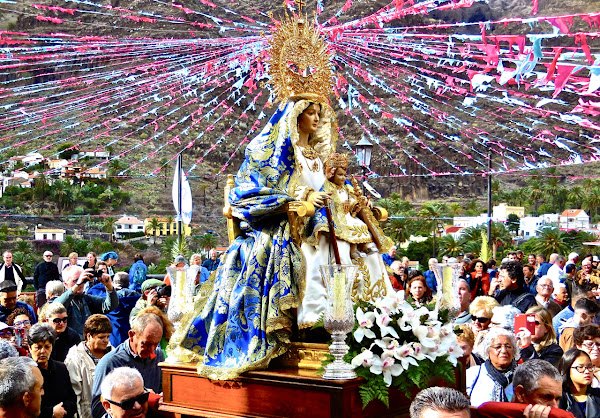News, Views, Info,Weather, and more about the hidden gem La Gomera, and the Canary Islands. Ads-free. INDEPENDENT.
Wednesday, December 08, 2021
Fishing or leaping ?
Thursday, October 28, 2021
BREAKING: Clocks to go back two years this weekend
“Due to Daylight Saving Time, we normally put our clocks back 60 minutes on the last Sunday in October, but due to the worldwide Covid pandemic we have decided instead to reclaim the last two years,” explained Director of Clocks Going Back, David O’Clock, “hopefully this will give everyone back the time they’ve lost and there’s absolutely no need to thank us. You’re welcome”.
The move will see October 31st, 2021, become October 31st 2019, sparking mixed emotions from across the world.
“I personally think it’s a great idea,” stated Taoiseach Micheál Martin, who was due to hand over his leadership position to Leo Varadkar in December 2022, “this will be a great way to restart the roaring 20s all over again and give us time to get our party back up the polls”.
“I’d rather we change the trajectory of the earth using rocket boosters, so we crash and burn into the sun than relive another moment of 2020,” voiced one concerned man, “what sick fuck suggested this?”
Despite conflicting feelings over the two-year clock change, the Tokyo Olympics and Euro Football championships could be relaunched again in June, depending on if the clocks don’t go forward again by two years in March.
“Look, we’ll see how this goes for the time being,” David O’Clock added, “if the next year is worse than the previous two then we might just skip forward by three years to 2022 – leave it with me”. ''
Sunday, September 26, 2021
Volcanic eruption in La Palma continues explosively
Monday, September 20, 2021
Significant volcanic eruption in La Palma
Sunday, August 15, 2021
Into The West
Thursday, August 05, 2021
Earth tremor in La Gomera
Sunday, July 11, 2021
Vallehermoso
Wednesday, June 16, 2021
La Merica mountain
Tuesday, June 08, 2021
La Gomera video from the 1950s
Saturday, May 08, 2021
Upper Valle Gran Rey at sunset
Sunday, April 18, 2021
Prickly Pear Cactus in La Gomera
Thursday, April 01, 2021
New police station to be opened in former 'Bar Maria'
Thursday, March 25, 2021
Roque Agando in the morning mist
Wednesday, March 17, 2021
Happy St. Patrick's Day
Saturday, March 06, 2021
Campers evicted in Valle Gran Rey
Wednesday, February 24, 2021
Mini Carnival 2021 in Valle Gran Rey
Wednesday, February 10, 2021
Another stunning video taken from the air
Tuesday, January 05, 2021
No public fiesta
 For obvious reasons the main fiesta in Valle Gran Rey around Epiphany, which is always celebrated at the chapel above El Guro, will be closed to the public and the popular all-night dancing, etc., has been cancelled. Only the religious part of the fiesta is being held with a select few participants on January 6th and 7th 2021, and can be followed by the public on the town hall's Facebook page.
For obvious reasons the main fiesta in Valle Gran Rey around Epiphany, which is always celebrated at the chapel above El Guro, will be closed to the public and the popular all-night dancing, etc., has been cancelled. Only the religious part of the fiesta is being held with a select few participants on January 6th and 7th 2021, and can be followed by the public on the town hall's Facebook page. 

















